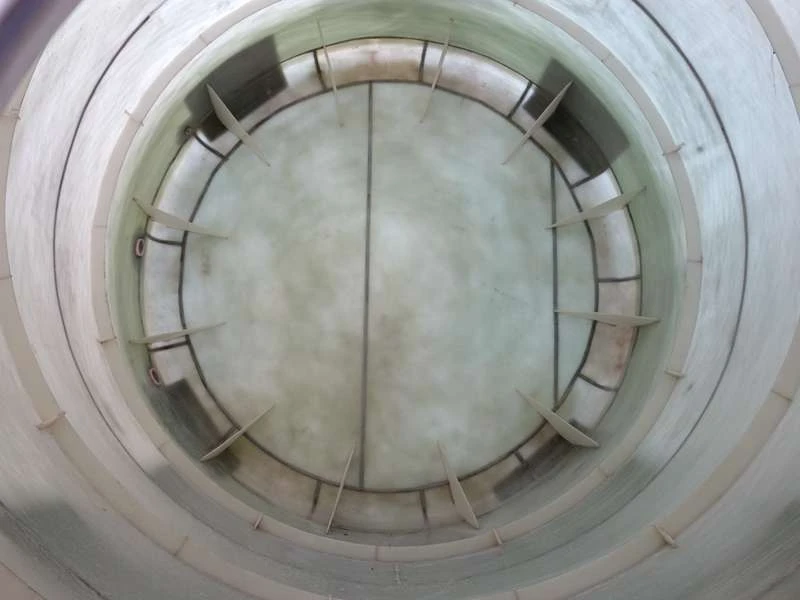
-
 Afrikaans
Afrikaans -
 Albanian
Albanian -
 Amharic
Amharic -
 Arabic
Arabic -
 Armenian
Armenian -
 Azerbaijani
Azerbaijani -
 Basque
Basque -
 Belarusian
Belarusian -
 Bengali
Bengali -
 Bosnian
Bosnian -
 Bulgarian
Bulgarian -
 Catalan
Catalan -
 Cebuano
Cebuano -
 China
China -
 China (Taiwan)
China (Taiwan) -
 Corsican
Corsican -
 Croatian
Croatian -
 Czech
Czech -
 Danish
Danish -
 Dutch
Dutch -
 English
English -
 Esperanto
Esperanto -
 Estonian
Estonian -
 Finnish
Finnish -
 French
French -
 Frisian
Frisian -
 Galician
Galician -
 Georgian
Georgian -
 German
German -
 Greek
Greek -
 Gujarati
Gujarati -
 Haitian Creole
Haitian Creole -
 hausa
hausa -
 hawaiian
hawaiian -
 Hebrew
Hebrew -
 Hindi
Hindi -
 Miao
Miao -
 Hungarian
Hungarian -
 Icelandic
Icelandic -
 igbo
igbo -
 Indonesian
Indonesian -
 irish
irish -
 Italian
Italian -
 Japanese
Japanese -
 Javanese
Javanese -
 Kannada
Kannada -
 kazakh
kazakh -
 Khmer
Khmer -
 Rwandese
Rwandese -
 Korean
Korean -
 Kurdish
Kurdish -
 Kyrgyz
Kyrgyz -
 Lao
Lao -
 Latin
Latin -
 Latvian
Latvian -
 Lithuanian
Lithuanian -
 Luxembourgish
Luxembourgish -
 Macedonian
Macedonian -
 Malgashi
Malgashi -
 Malay
Malay -
 Malayalam
Malayalam -
 Maltese
Maltese -
 Maori
Maori -
 Marathi
Marathi -
 Mongolian
Mongolian -
 Myanmar
Myanmar -
 Nepali
Nepali -
 Norwegian
Norwegian -
 Norwegian
Norwegian -
 Occitan
Occitan -
 Pashto
Pashto -
 Persian
Persian -
 Polish
Polish -
 Portuguese
Portuguese -
 Punjabi
Punjabi -
 Romanian
Romanian -
 Russian
Russian -
 Samoan
Samoan -
 Scottish Gaelic
Scottish Gaelic -
 Serbian
Serbian -
 Sesotho
Sesotho -
 Shona
Shona -
 Sindhi
Sindhi -
 Sinhala
Sinhala -
 Slovak
Slovak -
 Slovenian
Slovenian -
 Somali
Somali -
 Spanish
Spanish -
 Sundanese
Sundanese -
 Swahili
Swahili -
 Swedish
Swedish -
 Tagalog
Tagalog -
 Tajik
Tajik -
 Tamil
Tamil -
 Tatar
Tatar -
 Telugu
Telugu -
 Thai
Thai -
 Turkish
Turkish -
 Turkmen
Turkmen -
 Ukrainian
Ukrainian -
 Urdu
Urdu -
 Uighur
Uighur -
 Uzbek
Uzbek -
 Vietnamese
Vietnamese -
 Welsh
Welsh -
 Bantu
Bantu -
 Yiddish
Yiddish -
 Yoruba
Yoruba -
 Zulu
Zulu
fiberglass products for high temperature
Fiberglass Products for High Temperature Applications
Fiberglass, a composite material made from fine glass fibers, has become an essential material in various industries due to its unique properties. Among its many advantages, fiberglass showcases exceptional thermal resistance, making it an ideal choice for high-temperature applications. This article will explore the significance of fiberglass products tailored for high-temperature environments, their applications, and the benefits they bring to various industries.
Understanding Fiberglass
Fiberglass is produced by combining silica sand, limestone, and other materials, which are melted together at high temperatures to form glass. These glass strands are then drawn into fibers and woven into fabrics or used as filler materials. The resulting product is lightweight, strong, and resistant to corrosion and thermal degradation. In high-temperature environments, these properties become even more critical, as many materials fail to maintain their integrity under extreme heat.
High-Temperature Fiberglass Products
There are several fiberglass products specifically designed for high-temperature applications, including insulating blankets, woven fabrics, ropes, and molded components. Each of these products plays a vital role in industries ranging from aerospace to automotive, construction, and energy.
1. Insulating Blankets High-temperature fiberglass insulating blankets are commonly used in thermal insulation applications. They are designed to withstand temperatures exceeding 1,000°F (537°C) without losing their structural integrity. These blankets find application in industrial furnaces, piping, and exhaust systems, where they help to reduce heat loss and improve energy efficiency.
2. Woven Fabrics Fiberglass woven fabrics are utilized in various applications, from electrical insulation to protective clothing. These fabrics provide excellent heat resistance and can be treated to add additional properties, such as water or chemical resistance. Protective gear made from fiberglass fabrics is essential for workers in industries exposed to high-temperature environments, ensuring safety and comfort.
3. Fiberglass Ropes High-temperature fiberglass ropes are used for sealing and insulation purposes in furnaces, kilns, and other heated areas. These ropes can withstand extreme conditions without melting or breaking down, making them ideal for ensuring airtight seals in high-stress environments.
fiberglass products for high temperature

4. Molded Components Fiberglass-reinforced plastics (FRP) are extensively used to create components that require high durability and thermal resistance. These components can be molded into various shapes and sizes, catering to specific needs in diverse industries. They are frequently used in automotive applications, electrical enclosures, and structural supports in construction.
Benefits of Fiberglass in High-Temperature Applications
The use of fiberglass products in high-temperature environments comes with numerous benefits
- Thermal Stability Fiberglass maintains its physical and chemical properties even when exposed to high temperatures. This stability prevents material degradation that can lead to failures in other materials.
- Lightweight Compared to metals and other materials used in high-temperature applications, fiberglass offers a lightweight alternative without sacrificing strength. This feature is particularly advantageous in industries like aerospace, where weight is a critical factor.
- Corrosion Resistance Fiberglass is highly resistant to chemicals and moisture, making it suitable for use in hostile environments where corrosion can be a significant concern. This durability extends the lifespan of components and reduces maintenance costs.
- Energy Efficiency The insulating properties of fiberglass contribute to energy savings by reducing heat loss in systems that operate at elevated temperatures. This efficiency is especially important in industries striving to reduce their carbon footprint.
Conclusion
As industries continue to innovate and demand materials that can withstand extreme conditions, fiberglass products designed for high-temperature applications are becoming increasingly vital. Their unique properties, including thermal stability, lightweight design, and resistance to corrosion, make them indispensable across various sectors. From insulating blankets to molded components, fiberglass is transforming the way industries operate, ensuring safety, efficiency, and longevity in high-temperature environments. With advancements in fiberglass material science, the future appears bright for this versatile compound, promising even more innovative solutions to meet the challenges of modern industrial applications.









